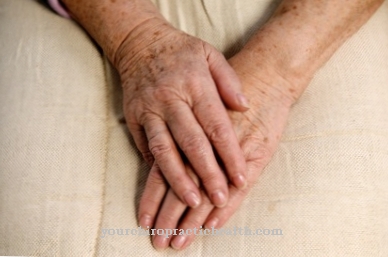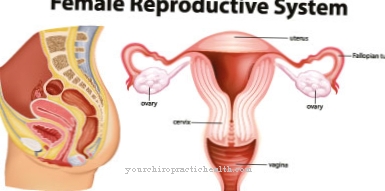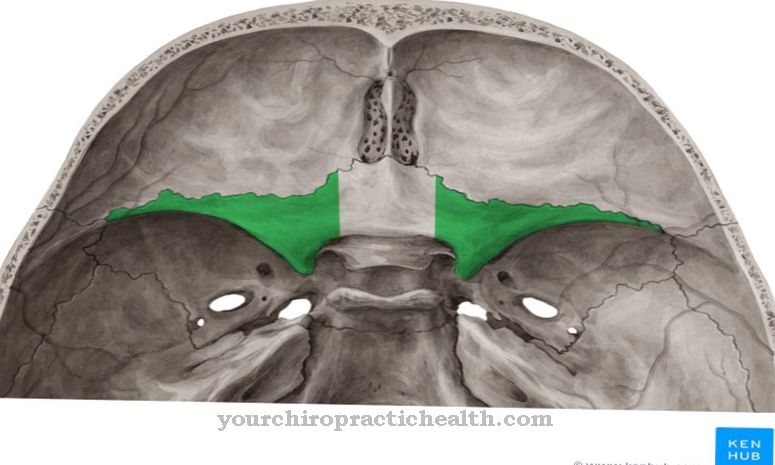In the Cell proliferation it is a biological process in which the cell grows on the one hand and divides on the other. Cell division is also known as cytokinesis and completes the previous mitosis, the nucleus division. This process is used for cells to multiply in the human body.
What is cell proliferation?

Cell proliferation is divided into different phases. Mitosis takes place first. The genetic material is replicated in the form of chromosomes, which are located in the nucleus of the cell. They are made up of DNA and histones. The DNA replicates, so that a double set of chromosomes is then present in the cell.
The chromosomes each consist of two strands. They then form a kind of X-shape with identical sister chromatids that are held together by a centromere. Histones are protein complexes that are involved in shaping the chromosomes. The replication of DNA and the formation of the double set of chromosomes is known as interphase.
During the prophase, two centrosomes are formed, which settle on the opposite poles of the cell. These centrosomes regulate the microtubules, which play an important role in the division of chromosomes. The microtubules develop from the centrosomes in the direction of the chromosomes.
During the prometaphase, the cell nucleus loses its surrounding membrane. The spindle apparatus is formed, which consists of the microtubules. They bind them to chromosomes so that they can be transported through the cell.
In the metaphase, the sister chromatids of the chromosomes, which have accumulated in a certain area of the cell, are separated from one another. Before that, the chromosomes condense. The chromosomes are then aligned in the equatorial area of the cell. This area is also known as the metaphase plate. The kinetochores, the areas of the chromosomes that bind the microtubules, are all covered with microtubules.
During the anaphase, the sister chromatids are separated from each other. This occurs in both directions of the centrosomes at both poles of the cell. The same set of chromosomes then accumulate at each pole.
In the telophase, the microtubule strands that are bound to the kinetochores of the chromosomes recede. The cell nucleus with its surrounding membrane is rebuilt around the chromosomes. There are now two cell nuclei.
This is followed by cytokinesis, or cell division. The mother cell constricts itself to create two cells, each with a nucleus.
Function & task
Cell division plays an important role in human development. It is essential to human growth. Cell division is important for the formation of all organs and tissues during development in the womb. Cell division also transmits genetic information to other cells.
In addition, the cell division also serves to renew certain tissues. An example of this is the skin, which regenerates again and again. The epidermis, which is the outermost layer of the skin, consists of keratinocytes, which multiply through cell division and form the protective cornea through death and keratinization. The continuous cell division of these cells ensures that the protective cover can be maintained.
However, there are also cell types that are no longer able to divide in adulthood. These are the muscle and nerve cells. They are differentiated and no longer divide.
Illnesses & ailments
If the regulation of cell division is disrupted, increased cell proliferation can occur. This leads to the formation of tumors. These are ulcers that can appear in any tissue. They can also be benign. In this case, it is only a question of cell types that have impaired cell division, but do not cause any further damage to the body. Tumors of this type still have to be partially removed as they can impair the person's freedom of movement, for example.
Malignant tumors, on the other hand, have a severe impact on the person's body. These malignant tumors can spread in the body and lead to death. This disease is also commonly known as cancer.
The cells with a proliferation disorder displace healthy cells and tissue, so that there is a loss of function. This condition can have several causes. Often these are mutations that can be inherited. These mutations then affect genes that play an essential role in regulating cell division.
Other causes are environmental influences. Excessive UV radiation can lead to skin cancer. Viruses are also able to cause cancer. Examples of this are so-called oncoviruses such as the hepatitis B virus or retroviruses.
Cancer is usually treated with radiation therapy or chemotherapy and with an attempt to surgically remove malignant tumors as far as possible. The aim is to remove and permanently destroy all cells that have impaired cell division in order to prevent the disease from breaking out again. This must be checked at regular intervals after therapy.

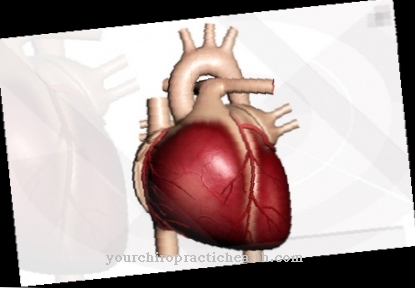
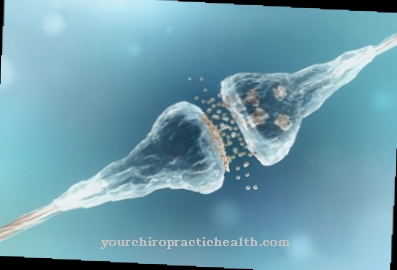
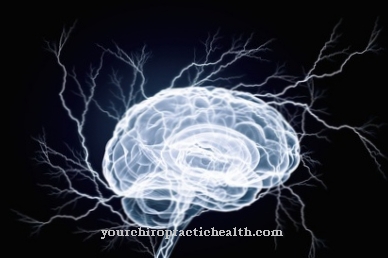

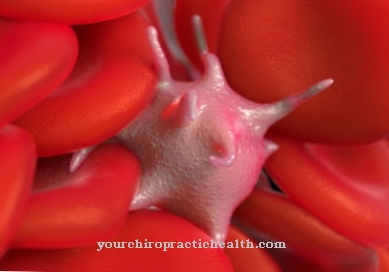
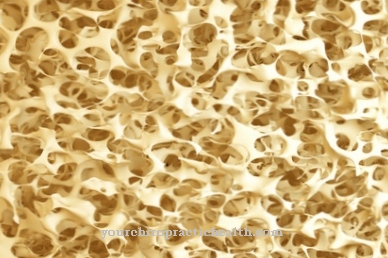

.jpg)
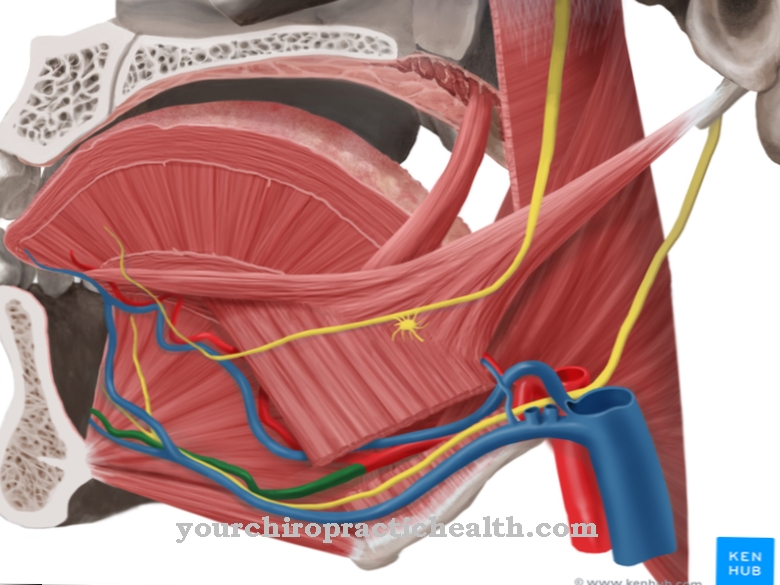



.jpg)

.jpg)



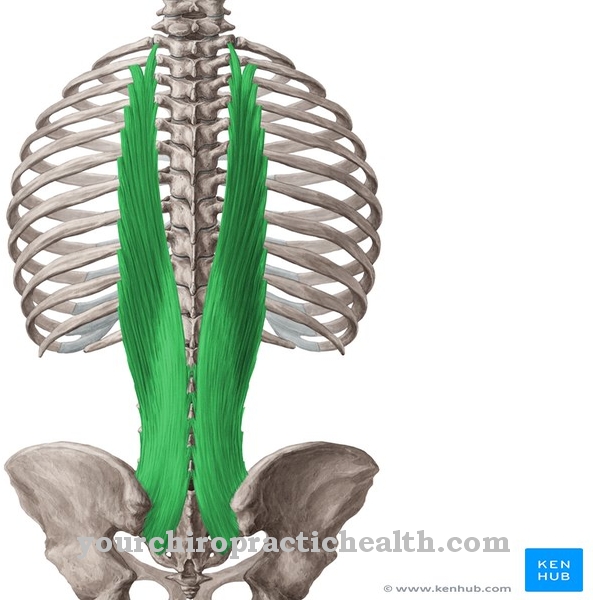
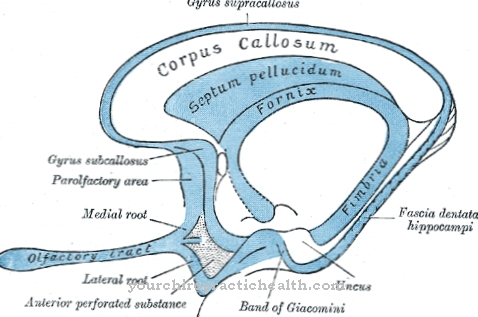


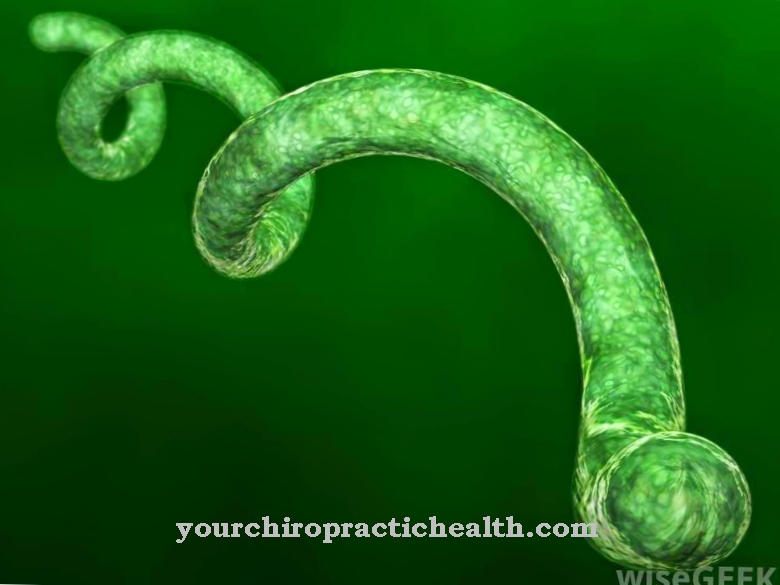
.jpg)
